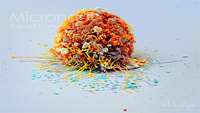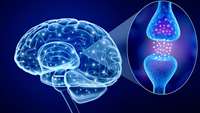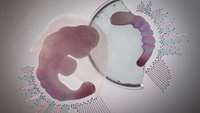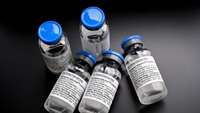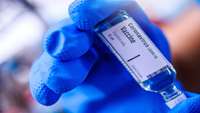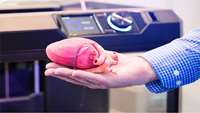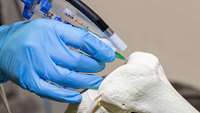Early clinical trial supports tumor cell-based vaccine for mantle cell lymphoma
A phase I/II clinical trial by researchers at Stanford University suggests that vaccines prepared from a patient's own tumor cells may prevent the incurable blood cancer mantle cell lymphoma (MCL) from returning after treatment.
Cord tissue to treat arthritis is for the dogs
The stem cells in umbilical cord blood and tissue aren’t just for humans; other mammals, such as man’s best friend, may be able to benefit, too.
Treating spina bifida in utero with cord-tissue patch
The scope of the conditions being treated with cord blood and cord tissue stem cells is already extensive and keeps growing. This is a fascinating, current treatment using cryopreserved human umbilical cord to heal spina bifida.
Heart Cells Change During Spaceflight
It sounds scary, but the changes are only temporary: Researchers report that heart cells grown in space showed altered gene expression.
of motor dysfunction in a rat model of Parkinson's disease
Human umbilical cord blood-derived mononuclear cells (hUCB-MNCs) were reported to have neurorestorative capacity for neurological disorders such as stroke and traumatic brain injury.
Scientists develop more accurate stem-cell model of early developing mouse embryo
Scientists from the Hubrecht Institute (KNAW) and the University of Cambridge (UK) have managed to generate complex embryo-like structures from mouse embryonic stem cells. These structures, called gastruloids, can now for the first time grow somites, the blocks of tissue that later develop into the vertebrae and muscles of the embryo
Remdesivir but not famotidine inhibits SARS-CoV-2 replication in human pluripotent stem cell-derived intestinal organoids
The severe acute respiratory syndrome coronavirus 2 (SARS-CoV-2) infects the respiratory tract with mostly mild symptoms, but up to 20% of patients develop severe pneumonia eventually followed by multi-organ failure and death1 .
Engineered human mesenchymal stem cells as new vaccine platform for COVID-19
Recently, there are several routes for COVID-19 vaccine research, yet their weaknesses lie in low efficiency, tolerability, immune adaptability and safety.
Directly printing 3-D tissues within the body
In the TV series Westworld, human body parts are built on robotic frames using 3-D printers. While still far from this scenario, 3-D printers are being increasingly used in medicine. For example, 3-D printing can be used to produce parts of the body such as orthopedic joints and prosthetics, as well as portions of bone, skin and blood vessels.
Primitive stem cells point to new bone grafts for stubborn-to-heal fractures
Although most broken bones can be mended with a firm cast and a generous measure of tender loving care, more complicated fractures require treatments like bone grafting. Researchers at Texas A&M University have now created superior bone grafts using primitive stem cells. They found that these cells help create very fertile scaffolds needed for bone to regenerate at the site of repair.


